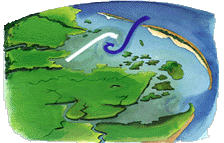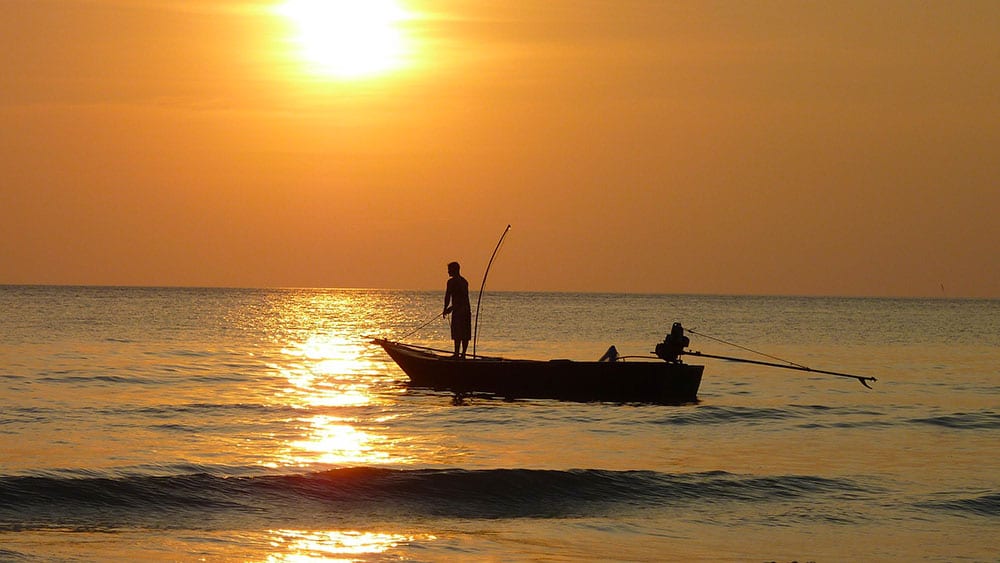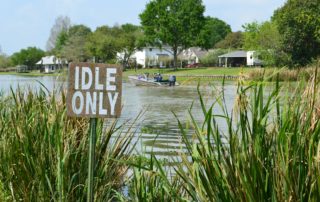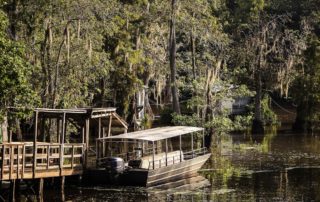What is an estuary?
An estuary is a coastal area where saltwater from the ocean mixes with freshwater from rivers, rainfall, and upland runoff.
Within the estuary, salt and fresh water proportions differ daily depending on the season, weather, and tides. Vital coastal ecosystems exist in these constantly changing conditions.
The mixing of salt and fresh water begins offshore, where water, sediment, and nutrients from the Mississippi River mix with the salt water of the Gulf of Mexico. Wind and tides drive this mixture, along with fish and shellfish, into the estuary. Changes on the coast affect water levels and habitats throughout the entire system.
This dynamic combination of physical and biological factors produces an ecosystem unrivaled in productivity and commerce.
Such characteristics are often cited to describe estuaries as the “cradles of civilization.” One of the most expansive and productive estuaries in the world is located in the United States at the interface of the Mississippi River and the Gulf of Mexico. The Barataria-Terrebonne National Estuary Program is chartered with the protection, development and study of this vital ecosystem.

Watercolor Illustration of Estuary by Diane Baker
Why are estuaries important?
Estuaries provide us with a suite of resources, benefits and services.
Some of these can be measured in dollars and cents, while others cannot. Estuaries provide places for recreational activities, scientific study and aesthetic enjoyment. Estuaries are an irreplaceable natural resource that must be managed carefully for the mutual benefit of all who enjoy and depend on them. Below are additional ways in which estuaries are important (click to expand):

Information on the importance of estuaries from epa.gov.






